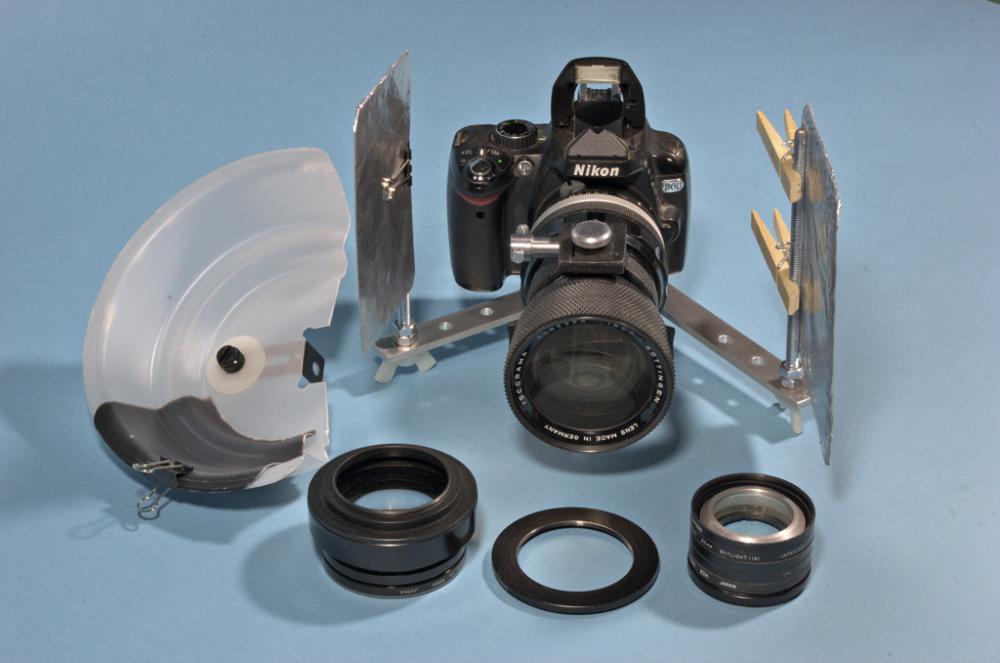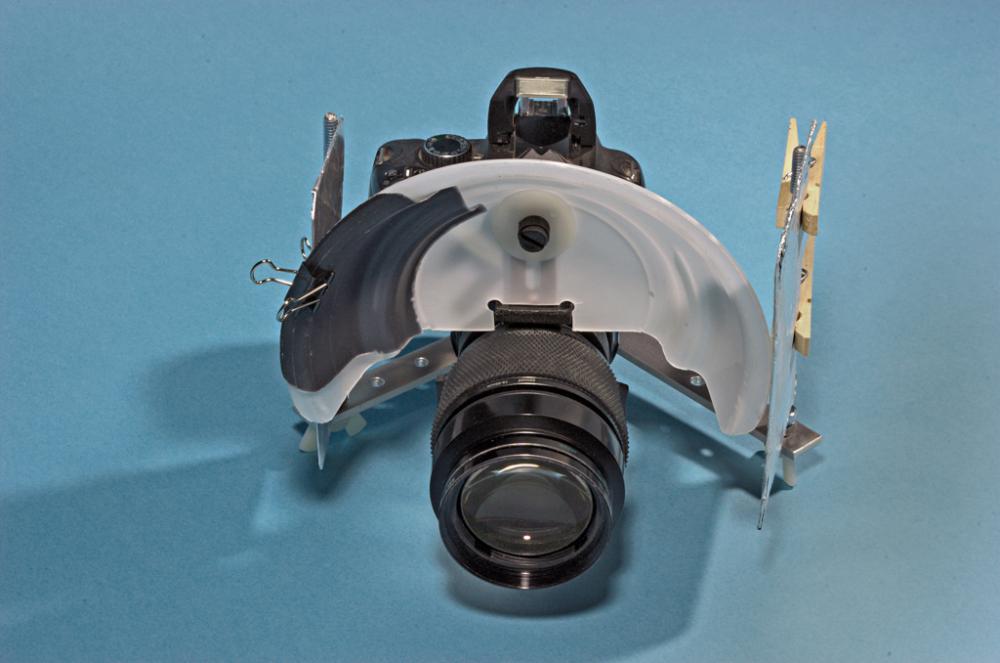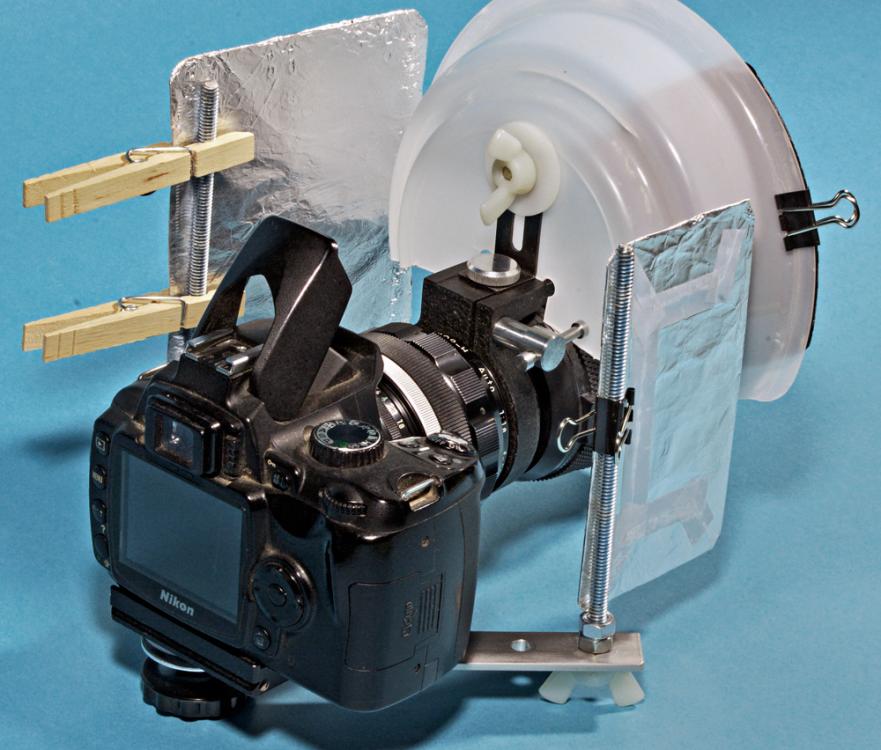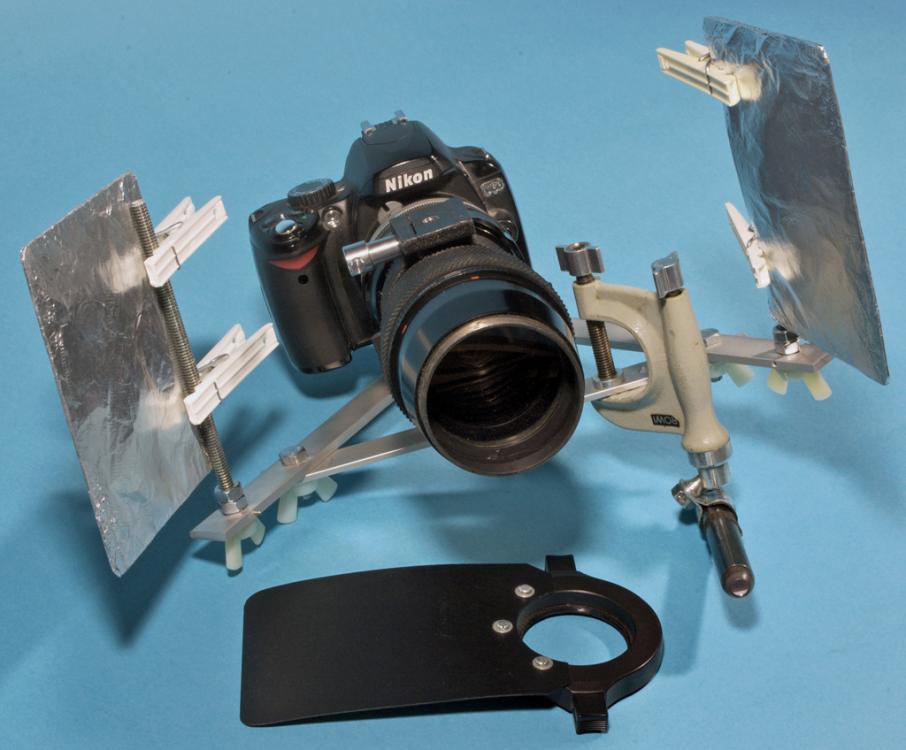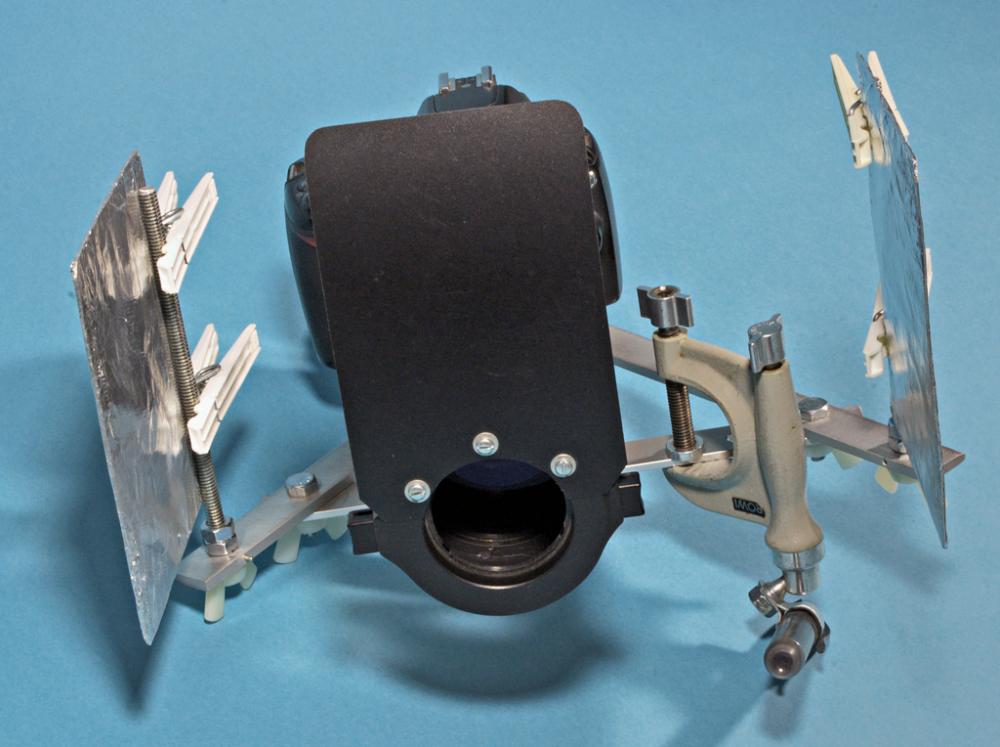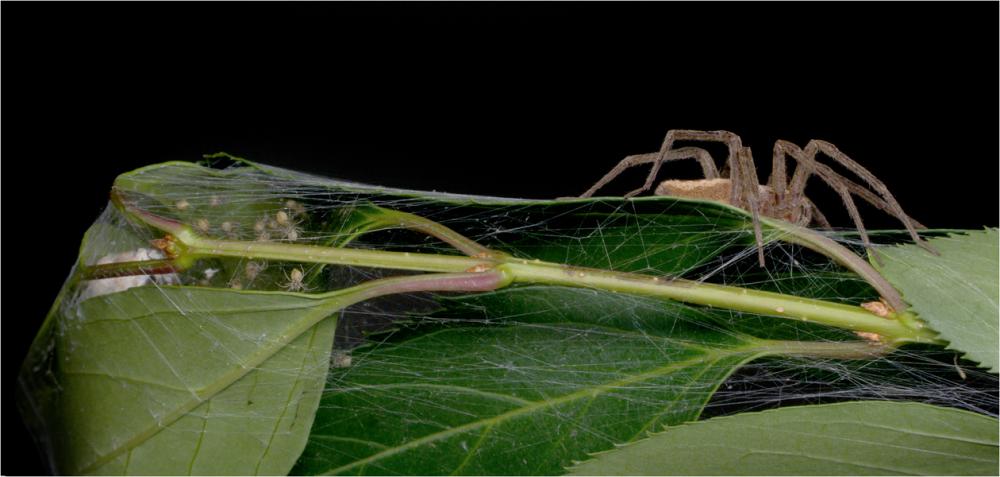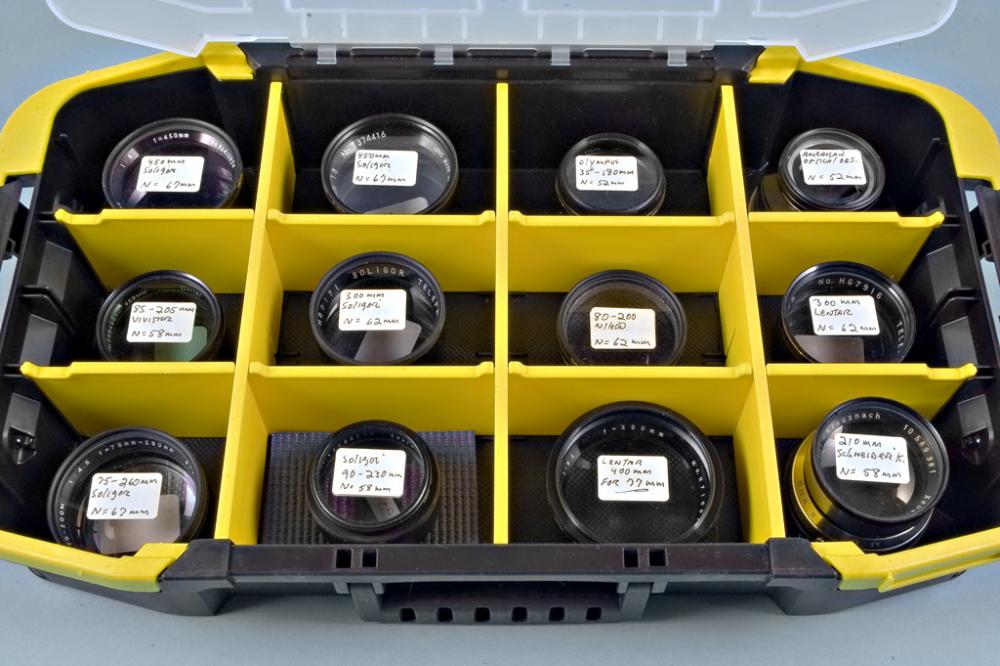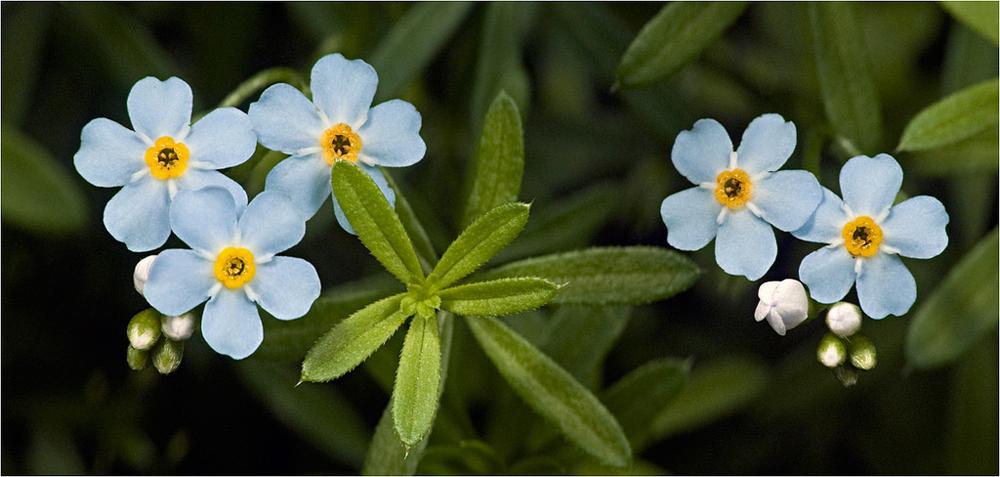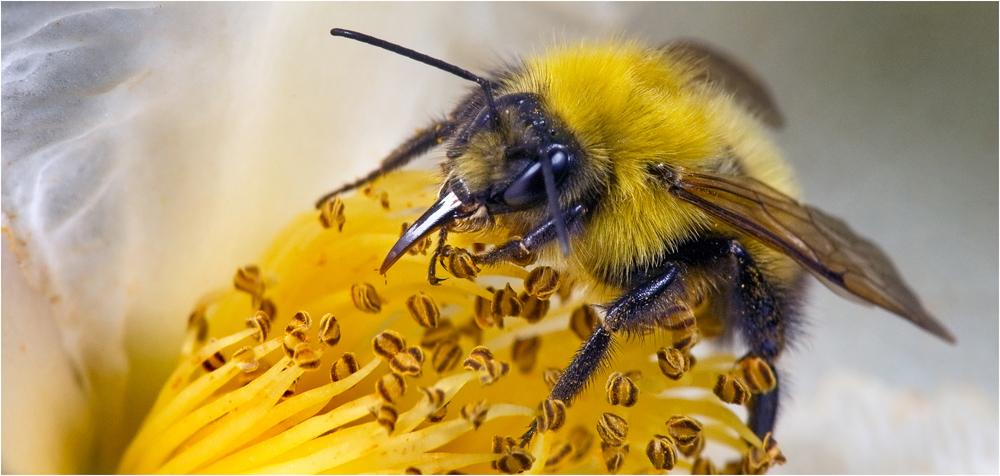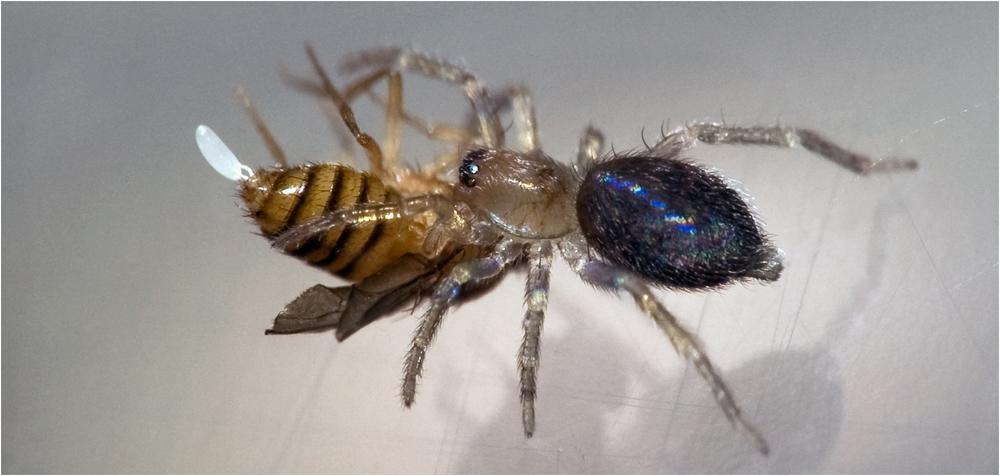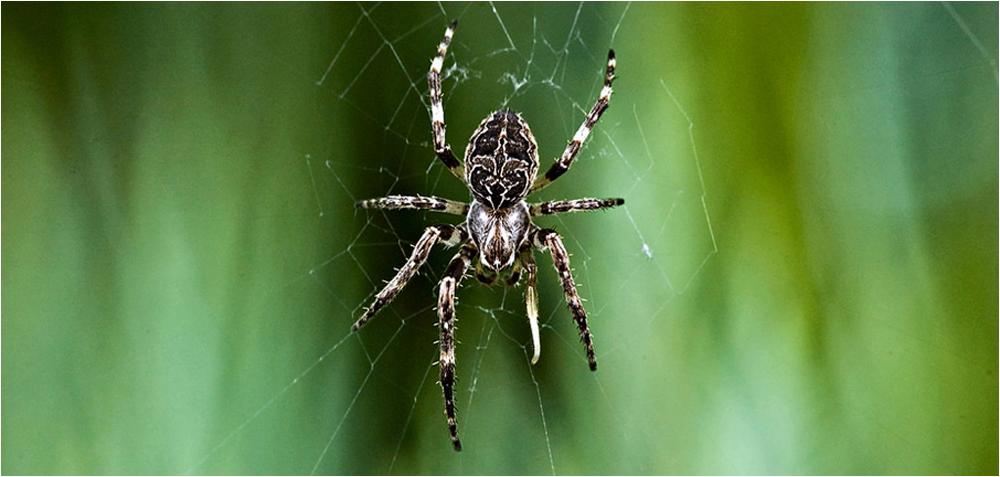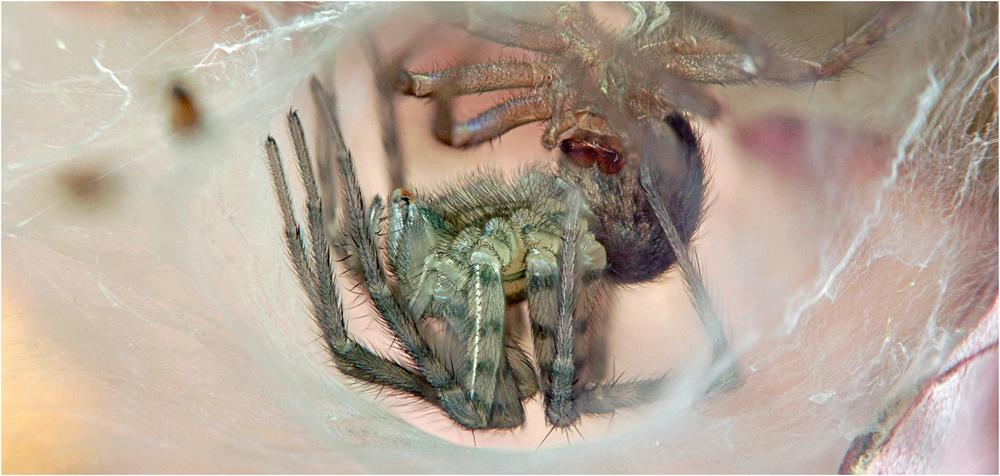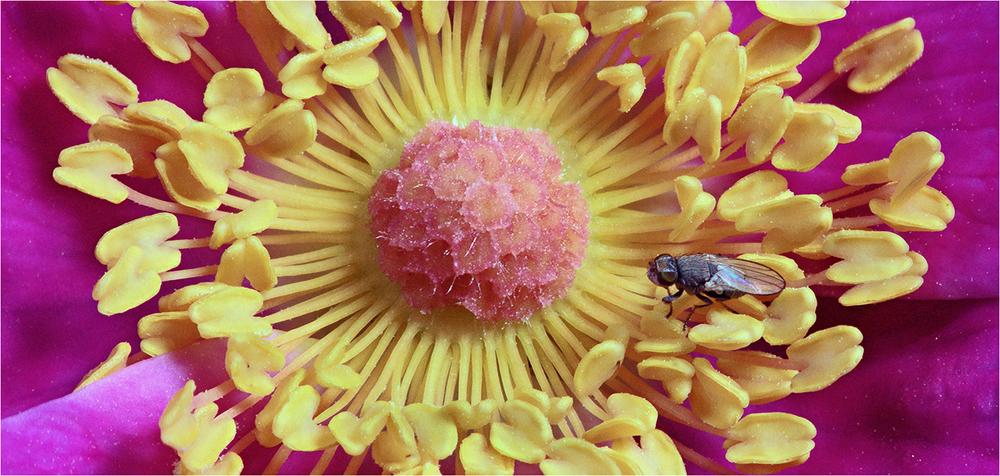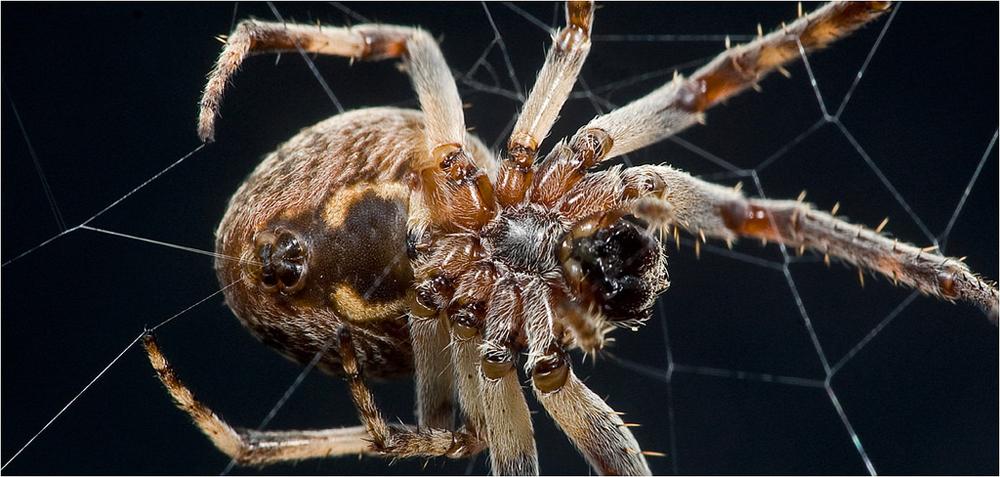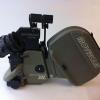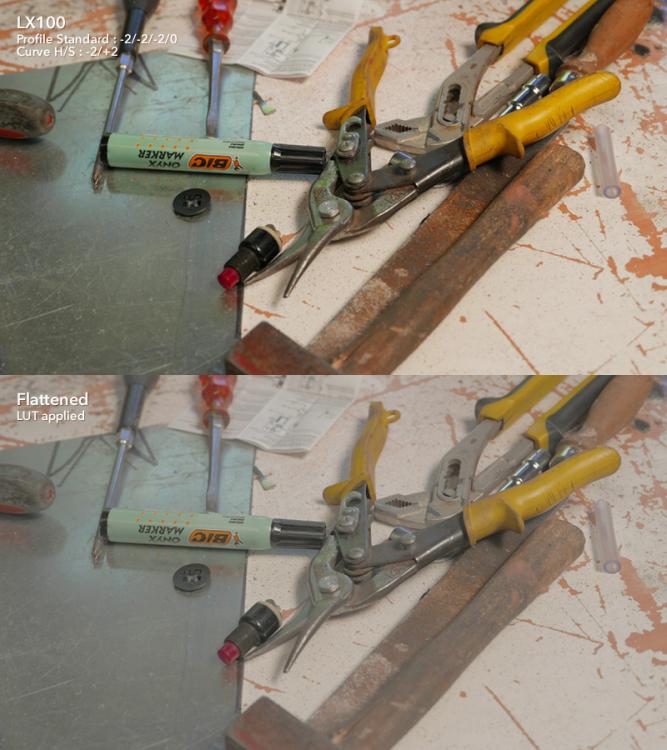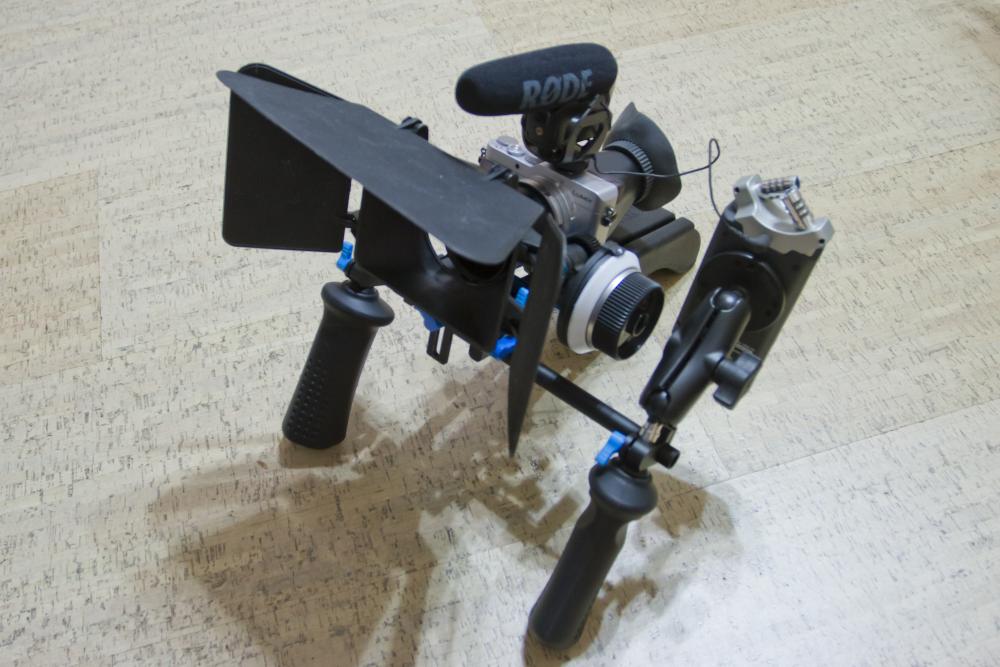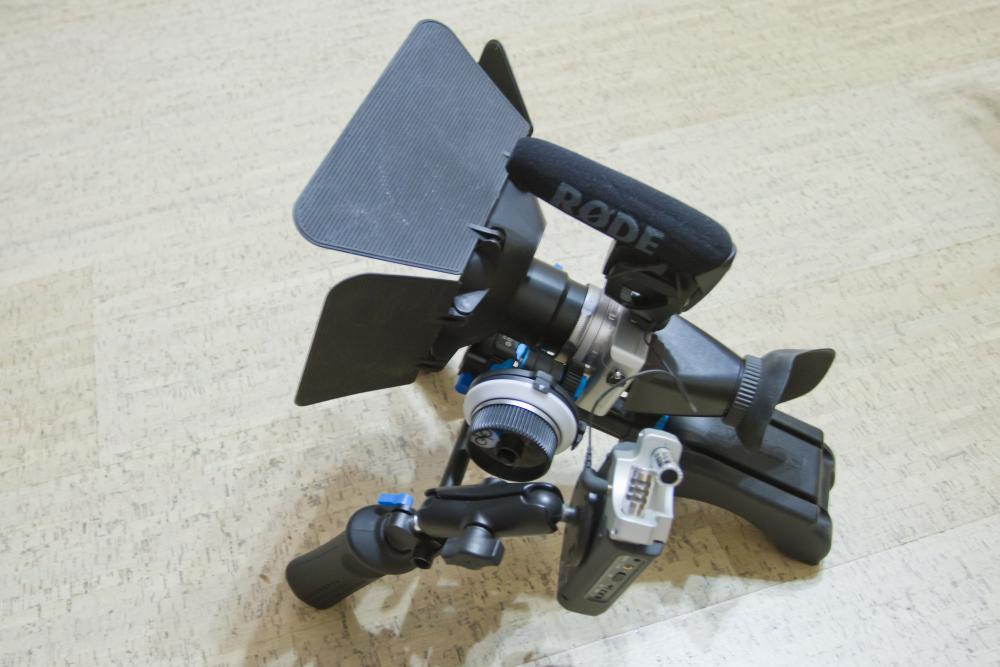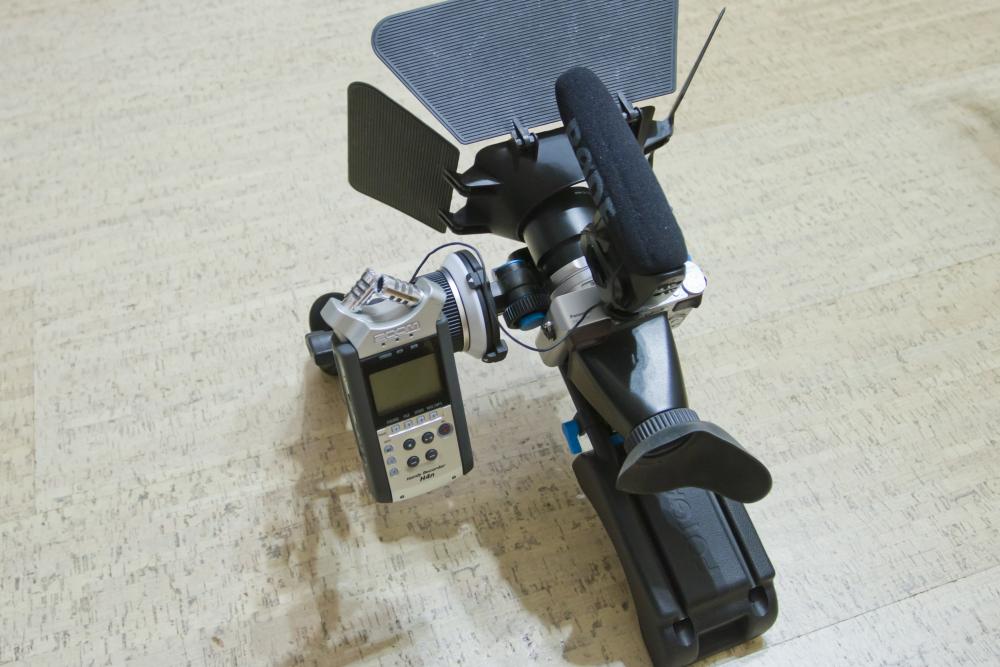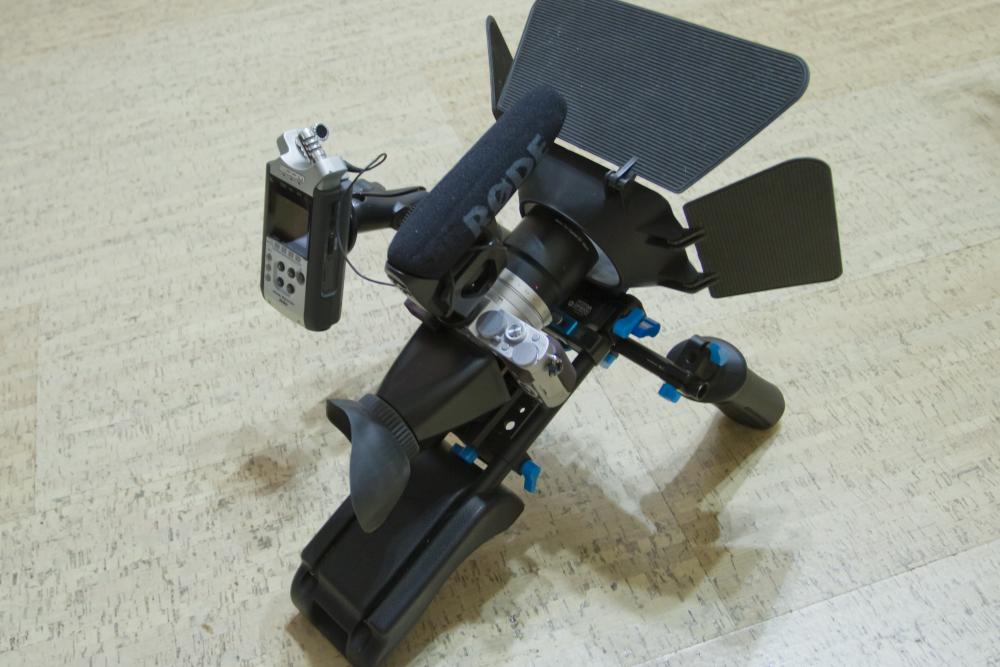Leaderboard
Popular Content
Showing content with the highest reputation on 07/31/2015 in all areas
-
Trying out the 100/120 fps in real life, shots I'm interested in. Trying to find weakness in the image like aliasing etc. Very impressed so far:6 points
-

Hands on with the Sony A7R II
Kingswell and 4 others reacted to Andrew Reid for a topic
The A7R II review will start with boxing footage... a good test for rolling shutter, motion cadence and whether the colour comes out as nice as the 1D C which I will bring with me as well!! Then A7R II versus A7S in low light... this is one thing giving me pause for thought "shall I wait 6 months for the A7S II?" Then versus 1D C shot A-B comparison, especially with regards to colour and what it is like to grade! I think the 120fps mode should be interesting vs NX1 and GH4. RX10 II will probably beat it there. Let's see if moire is a problem vs 1D C which is very clean. And I also have the Convergent Design Odyssey 7Q to test the HDMI output. Wonder if it is better than the one on the A7S which had issues especially with S-LOG and the smudgy APS-C upscaling to 4K.5 points -
Canon XC10 4K camcorder
Mat Mayer and 2 others reacted to Mattias Burling for a topic
Try&return but its looking like i will keep it. Have been so close to buying a XA20 or Xf100 for years now. Love the HMC151 I borrow from work every know and then. Here is a test from today, I had zero time for grading so I just used some of my presets. No time for a Tripod either.. No keying or power windows. So it is what it is3 points -
Hi Bootsie... Thanks! Here are some quick photos of two of my shooting rigs, with an explanation for each pic. The image above shows my set-up for shooting with a high magnification supplemental lens reverse mounted on the iscorama, using the Isco on my Nikkor-H 85mm f/1.8. The bracket is made from two strips of hardware store aluminum, drilled to allow mounting with a knob onto the tripod mount of the camera. The angle of the arms is adjustable to allow for different sized foil reflectors to be used at various close working distances. This is a special short-arm bracket for working very close to a subject when there's not much room to move around. The Iscorama has the back end (50mm Nikon mount section removed. Attached at that point is a 52mm to 49mm step-down ring. Onto that are mounted three empty 52mm filter rings to allow the Isco to be mounted on any of my primary lenses having a 52mm filter thread. This ensures that the protruding back element of the Isco compression module doesn't come into contact with the primary lens glass. This three ring "spacer" then serves as a convenient place to attacht an old tripod mount (upside-down) from a junk telephoto lens, which is used as an anchor point for a bowl flash diffuser made from the dish found in a particular brand of frozen dinner. The plastic diffuser has a moveable black piece that allows for soft directional lighting. This diffuser mounts atop the lens using the silver knob on the repurposed tripod mount. The ring resting between the two lenses is a 72 to 52mm step-down ring. All my supplemental lenses have been set up with 52mm rings to mount on the Isco, which is fitted with the 72-52mm ring. This simplifies mounting any of my add-on lenses onto the Isco. Plus, the Iscorama's filter ring is plastic, and subject to wear and possible cross-threading when I'm working rushed. The metal step-down ring saves the Isco's threads, and results in faster lens swapping. The larger lens on the left is the front cell from a junk Vivitar 28-210mm zoom lens... set up for reverse mounting with a macro-reverse adapter ring, and is incredibly sharp, but has a curved field. With the Isco mounted on the 85mm, it gives a "field width" of about 29mm at a lens-to-subject of 6.5 cm. The smaller lens on the right is the large "common objective" from an American Optical "Cycloptic" stereo microscope, mounted in a cell I've constructed from six empty 52mm filter rings. This mounts on the Isco with the front of the objective toward the subject... the same way it's mounted on the microscope. It's apochromatic, has a huge clear aperture of about 32mm, and gives a field width of about 40mm with some vignetting, at a lens-to-subject distance of a bit over 10 cm. Using a 2x teleconverter doubles the magnification and halves the working distance on all my supplemental lenses.. Here's the rig assembled with the Vivitar 28-210mm element mounted on the Isco.The two foil reflectors clipped to the threaded rods are adjusted to direct additional flash lighting to the diffuser. Behind the supplemental lens you can see the knurled rubber ring used to "lock" the Isco at infinity. This was scavenged from a junk lens and was the right size to work onto the Isco. It still allows the lens to focus properly, but totally protects against accidentally altering the focus. The 85mm is fitted with a similar band. Here's an oblique side view showing how the reflector support posts are rigged, plus how the diffuser is mounted on the old tripod mount. The reflectors can be mounted inside or outside the posts. The black clip provides more clearance for my right hand to operate the camera than clothes pins would, as used on the left reflector. Here's a bracket I've rigged for night photography. It's particularly useful for shooting when the Isco is mounted on my old 200mm Micro-Nikkor. The cross-bar prevents the arms from shifting position and is a convenient place to mount a small positionable flashlight used for focusing. This "focus assist" light is pre-aimed to provide illumination at the point of focus. The black "flap" is my "direct flash" shield, which mounts like a lens cap onto the front of any of my supplemental lenses. It's positioned to block direct light from the camera pop-up flash, or small speedlight, from striking the subject, creating flat lighting and overexposure. All shooting is done in the fully manual mode, usually at f/16 to f/32 (200mm Micro-Nikkor). Flash lighting is redirected around the end of the lens by the reflectors, which can be adjusted to vary light intensity and shadow angle from either side. The shield is made from a Raynox UAC-2000 universal lens adapter sold with several Raynox close-up lenses, but available for purchase separately. The black flap material is cut from a polypropylene plastic notebook divider. The lens mounted on the Iscorama is the objective from a junk Soligor 450mm lens... extremely sharp, and has a great flat field. It gives a field width of 12.5 cm at a working distance of 31 cm. Here's the night photography set-up all ready to go. This nursery web spider and nestful of hatchlings was taken in complete darkness with the rig shown in the previous photo, but with a bowl diffuser mounted on the lens instead of the light shield. The reflectors were positioned to direct additional light onto the subject. I have several bowl diffusers that can mount on a lens just like the direct flash shield, with the Raynox adapter. This last photo shows a partial inventory of supplemental lenses for using on the Iscorama, most being front cells from junk lenses. Although I have add-on lenses by different manufactures that are from lenses of the same focal length, they produce different "bokeh" and have variability in flatness of field, image color bias, and contrast. If you have any questions, need additional info, or whatever... just ask. Thanks!3 points
-
NX500 - To Be Continued
TheRenaissanceMan and one other reacted to mercer for a topic
Ok, so my adapters arrived in the mail this morning. First thing I noticed was how small they are compared to NEX and eos-m adapters... Obviously due to the flange distance, but that is a major plus for me. I like mirrorless cameras because they're small, but I also have only vintage lenses, so adapters are a must, but the adapter is usually so long that it makes the camera seem that much bigger. On the nx500, the adapters are half the size of the others. I, pretty much, immediately took a drive out into the Pine Barrens to take some test shots. I brought my Canon FD 17mm and 28mm f2. And my Tokina 17mm and 25-50mm. And a Miranda 28mm f/2.8 macro m42 lens I also got in the mail today. As soon as I got into the car, I threw the Tokina 17mm on and it looked nice. When I got out to the Pine Barrens, I was blown away by the iq of the camera and these lenses. Even with everything dialed down the image was so sharp and contrasty, in a good way. I'll have to mess with some of the profiles to try and get the flattest image, but for the first time out, just messing around... I am pleased. The crop factor is not bad at all and the movie standby mode is smooth, even going out of movie standby mode to use focus magnification and peaking is a breeze. I did have a card error in my second recording that worried me, it basically would not let me do anything with movie recording, but when took out the card and turned the camera on and off as instructed, it worked fine the rest of the time without any hiccups. When I got home, I tried converting the footage to prores, it worked fine in editready, but it was slow. About an hour and forty minutes to convert a half hours worth of footage. When they were converted, they worked fine in QuickTime, but when I imported them into fcpx, I had nothing but a black screen. The inspector recognized them as 4K h.265 clips but not as prores... Not sure why. Does anyone know the best workflow with these clips? I would rather down sample to 1080p and work in it there, but editready didn't give me an option to downsample, of course I very easily could have missed it. I will try and upload some of the clips to Vimeo over the weekend.2 points -
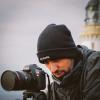
Sony A7R II official user thread
Liam and one other reacted to Davide Roveri for a topic
Hello guys! As promised here's a quick and dirty test of the various recording modes and picture profiles of the camera. Apologies for the quite crappy and changeable lighting conditions, i'll definitely do a better and more controlled test soon but at least it should give you some more indication about the camera performance.. Since it's quite a long video I put some chapters in the description so it's a bit easier to navigate :-) I haven't yet had the chance of making a proper comparison with the α7S in terms of dynamic range but in my opinion it's very very close (which is quite a feat giving the resolution!). One thing is for sure, the base level of ISO800 for S-Log2 is so much easier and practical to work with than 3200! :-) I've also shot some stills yesterday and I'm quite shocked by the insane amount of detail (and latitude) you get.. put that together with the ability to use a fully electronic shutter (that apparently for the first time ever has no penalties in terms of bit depth but i'm definitely gonna test that) and you get a timelapse dream camera! Let me know if you're interested in having a look at the RAW files and will upload some of them! Thanks again for watching guys, let me know if there's something in particular you want tested and I'll do my best to do it! :-) https://youtu.be/TzwEH_b9-3w2 points -
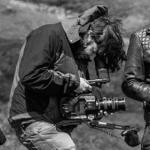
Why recording LOG with an 8bit codec is most probably going to get you in trouble.
Zach Ashcraft and one other reacted to Oliver Daniel for a topic
Actually 8bit and 10bit is inferior to my needs. I need at least 64bit color, 25 stops dynamic range, 16,000,000 ISO and a very compact full frame 14-600mm IS lens with 20 aspherical elements and F0.001 aperture. I'll just light the images in post. Images will surely look great based on these specs!2 points -
Used on ebay. NX1 + grip + 2nd batt + S 1650 2-2.8 lens for $1970 shipped.2 points
-
Focus and Anamorphic Compression
Xavier Plagaro Mussard and one other reacted to Art V. for a topic
Hi Julian... Thanks for the response. After a close family friend passed away years ago I arranged for the sale of his old Arriflex II-C camera, His Iscorama lens was given to me by his niece as a "thank you". I've used it for years, shooting slides, then shelved it when I "went digital". Several years ago I stumbled across the EOSHD website and it rekindled my interest in using it for digital work. It's only fairly recently that I've played around with it with the idea of adapting it for close-up shooting. I'm still not fully up to speed with it when working at close distances. The very shallow DOF at high magnifications is a problem, and working with mongrel supplementary lenses scavenged from junk lenses is "iffy" at times. There's a tremendous amount of variability in image quality when I mount add-on lenses on the Isco, depending upon which primary lens I'm using. Through quite a bit of testing I've created separate sets of supplementary lenses to work with the Isco when mounted on specific primary lenses. A few of my add-on lenses do vignette a bit, which is cropped away preserving the normal decompressed aspect ratio. I haven't run any focus / compression tests at anything closer than about three feet, but feel as you do, that if I leave the Isco at infinity there probably won't be a shift in the amount of "squeeze". Here are a few sample images, all taken using an old Nikkor-H 85mm f/1.8... stopped down to f/16 or f/22, with a variety of supplemental lenses. The 85 and the Iscorama both have their focusing ring "locked" at infinity with wide rubber bands, focusing is achieved by moving the camera. Lighting is from either the pop-up flash, or a small speedlight bounced off foil covered cards or shot through a home-made bowl diffuser. Forget-me-nots, 85mm Nikkor-H, Iscorama, objective from a junk Soligor 450mm reverse mounted on the Isco. Orb weaver leg regeneration, Nikkor-H 85mm, Iscorama, Soligor 450mm objective. I really like the bokeh here (out of focus evergreen branches). Web repair, 85mm with Iscorama, Soligor 450mm objective reversed on the Isco, with a Soligor 90-230mm zoom lens objective reversed on the 450mm. Bee, Nikkor-H 85mm, Iscoama, with a Soligor 90-230mm objective reversed on the Isco, and a Panagor 85-205mm objective reversed on the Soligor. Freshly moulted Funnel Weaver, Nikkor-H 85mm, Iscorama, with the objective from a Vivitar 28-210mm zoom lens reversed on the Isco. Tiny fly, Nikkor-H 85mm, Iscorama, and the objective from the Vivitar 28-210 reversed on the Isco. Baby funnel weaver with a fruit fly, Nikkor-H 85mm, Iscorama, and a Raynox MSN-202 close up lens on the Isco. This add-on lens is mounted on an adapter ring that fits the Isco, not in the "snap-on" adapter supplied by Raynox. The results I've been getting with the Iscorama are very encouraging. It's been great for general photography, but seems to work well up close too. Shooting anamorphic macro images is great... but there are a huge amount of "throw-aways"... more than with using a macro lens without the Iscorama. Shooting extreme close-ups with the Isco is probably "pushing the envelope" a bit, but I'm getting enough decent images to keep me at it. I've been asked why I'm "wasting my time" with the old isco, and been advised that shooting wide angle and cropping might be easier. Having done that years ago... there's no comparison. I just like the look and feel of the anamorphic images better.2 points -

Win 10 Upgrade - Everything works 100%
Amro Othman reacted to Henry Gentles for a topic
Just thought I'd let everyone know, I upgraded from Win7 to 10 with no hassles at all! All my Adobe Apps work, all my Avid Apps work fine including Pro Tools 11 which has a glass jaw but everything works great after 12 hours constant use! Resolve beta 12 works 100%! Quite surprised too and the upgrade didn't mess with my Desktop or files etc everything is exactly as it was except it's no longer Win 7. Apps open a bit quicker, Internet pages quicker, played some Arma 3 too all good!! I recommend it, be very surprised if anyone has problems? my2c!1 point -
I would like to see a direct comparison between A7R II and A7S with the same picture profile(Slog2 with the same LUT applied) in terms of color. IMO it would be good to have something yellow and something red in the same shot(probably some flowers would be the best choice because of the natural colors) because from what I've seen A7S has greenish yellows and magentish reds. Personally I think that is the main reason why it's hard to correct A7S colors because you have two color casts that are opposite to each other in the color spectrum at the same time... and I don't think that the whole image is affected by those casts, just certain colors(IMO yellows and reds).1 point
-

Canon XC10 4K camcorder
Mattias Burling reacted to Cinegain for a topic
Lol, that's true. Well, cool of you to share your findings and footage here! I'm hoping it's everything what you need it to be (just afraid it's not exactly my cup of tea, but I encourage diversity!).1 point -

Canon XC10 4K camcorder
Mattias Burling reacted to AaronChicago for a topic
Your dog looking at that sandwich is gold.1 point -
Kodak Motion Picture Film | Facebook Tom behind the wheel..1 point
-
Hands on with the Sony A7R II
Bungle reacted to BrorSvensson for a topic
Sony seems to have a pretty consistent 6 months between each A7x camera so i would say december is very likely1 point -

Hands on with the Sony A7R II
Bungle reacted to Andrew Reid for a topic
There was a 6 month gap between the original A7R (Oct 2013) and A7S (Apr 2014) announcements.1 point -

Shooting with a 4K pocket camera - the exceptional Panasonic LX100
benymypony reacted to Cinegain for a topic
Yeah, show it some love! The LX100 is incredible. I love it for my casual hybrid stuff.1 point -
Shooting with a 4K pocket camera - the exceptional Panasonic LX100
benymypony reacted to Deadcode for a topic
Just keep testing and posting, and really thx for the LUT! If i want to go cinematic, i go for Supertone settings, and it looks good, check it out: http://www.supertone.dk/#!GH4-Optimal-Film-Setting-works-in-stills-too/c24o4/8E18836A-F271-4A14-AF0D-C575B9D5F4B6 And here is a really nice ISO3200 footage from the little camera: https://vimeo.com/1348511911 point -
Why recording LOG with an 8bit codec is most probably going to get you in trouble.
Nick Hughes reacted to cpc for a topic
This only applies to humans. We simply don't see color well at low light levels because of the way human vision works. Cameras don't have this problem. What you perceive as lack of color in low light captured images is for a couple of reasons: 1) In naturally occuring low light situations the spectrum of the light is often overly monochromatic. For example, dusk light has lots of blue and tungsten has a strong red component. This offsets the image toward monochromatic. 2) Overly noisy image. Anyhow, the A7s s-log2 lacks tonal precision even when shot at its minimal ISO (which is 3200) and overexposed for healthier signal.1 point -
Exactly. This is mostly why cameras like the A7S get over-criticised for color. A lot of people are boosting color that isn't accurate color with ISO. Swap that ISO for lighting and you will notice a massive difference. It sounds so kinda obvious. Low light is a very useful tool with trade-offs in image quality. But you are not going to get anywhere with any type of log if you are relying on the ISO as your main light source. There is a reason why cinema cameras aren't low light cameras, because the camera produces it's best image with added light, not digitally enhanced light.1 point
-

anti moire filter yes or no
Nick Hughes reacted to Cinegain for a topic
Yeah, of course it depends. If you're far away of trees, they suddenly become very thin lines as well. Or getting detailed shots with narrow aperture of branches, or perhaps some bushes. But if you're filming some kind of horror chase scene in the woods, or following talent for a music video in nature, mostly on eye level, you're probably dealing more with rolling shutter than moiré/aliasing. You're probably focussing on the talent, with not such an incredible deep depth of field and rather up close, where trees aren't thin lines, just big chucks of wood. In such cases, it's probably hardly a struggle. Then again, if you're shooting some documentary footage in nature and rather go with that deep depth of field and sharp look, with lots of wide detailed landscape shots, then it might get tricky. Add that you will probably use it in urban environments as well and don't want another thing to crowd your mind to keep in check, then... well, maybe. Personally though, I'd rather try to avoid it than getting the filter. You could buy a nice vintage lens for that kind of money is what comes to my mind, you know.1 point -
Exactly. Color exists because of specific wavelengths of light being reflected off surfaces. Color doesn't exist without light, so if there is less light, there's going to be less color. If you're shooting a scene at 52,000 ISO, of course the colors will look weird because they literally aren't there! (physics people please correct me if I'm wrong about this)1 point
-
Sony A7R II official user thread
Davide Roveri reacted to Mattias Burling for a topic
Very good job, thanks alot for taking the time1 point -
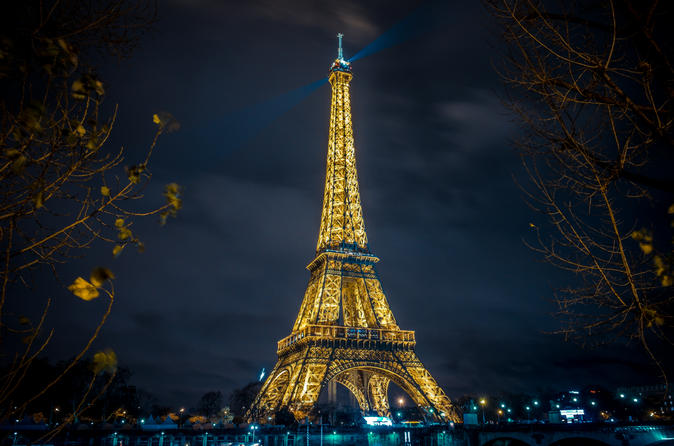
Shooting with a 4K pocket camera - the exceptional Panasonic LX100
stas.starush reacted to benymypony for a topic
Still playing with the LX100, I tried a lot of profile settings and Highlight/Shadow curves to get the best image for color grading. Finally I recommend the following settings : Contrast -2 / Sharpen -3 / Noise reduction -2 / Saturation 0Highlight -2 / Shadow -2As it's impossible to apply a real LOG flat profile in-camera, so I created a LUT to flatten the image the safest way. I based this LUT on the rendering of the VisionLOG profile with some adjustments. Download (.3dl and .cube in ZIP, 2.5MB) : IWLTBAP_Flattener_LUT.zip1 point -

Sony A7R II official user thread
TheRenaissanceMan reacted to AaronChicago for a topic
Did you download the clips from Davide? http://we.tl/xNEDXe3WId There is a FF Slog2 4K clip in there.1 point -

SLR Magic Rangefinder vs. FM vs. Rectilux..?
valid reacted to Zak Forsman for a topic
yeah. not drastically so, but definitely sharper.1 point -

Looking for a 120FPS camera with a decent sensor
kaylee reacted to Andrew Reid for a topic
Congrats on the NX1. Great camera. That F2 zoom is good too. Get EditReady for $50 and it is pretty painless. RX100 IV overheating mainly in 4K on long shoots, not a problem in the 1080/120fps/240fps modes so far for me. I have used the RX100 IV as a 1080p camera more than a 4K one. It has the best 1080p of anything I've ever used. Like an FS7 but smaller sensor and 1/8th the price. Yes that 1" sensor does give you a bit of a flat image at times but S-LOG helps make it look cinematic if you're good at grading. Really helps get rid of the 'video' look to highlights, better dynamic range, smoother roll off, etc. Digital Bolex also has a Super 16mm sensor but it looks cinematic as hell because of the colour, grain, texture, so it is not all about shallow DOF and you have your 1D C for that anyway My footage from the RX10 II and RX100 IV is coming soon... it doesn't look like camcorder footage! I'll be interested to see how you get on with AF on the NX1. It is occasionally magic but mostly unreliable and doesn't do what you expect given the specs. Same with the RX10 II and RX100 IV though, continuous AF is really quite terrible in movie mode and HFR, but not as disastrous as it would be on a larger sensor like Super 35mm.... so approach with caution I'd say.1 point -
I'm not confusing the two, I'm saying that if you;re shooting log on 8bit cameras it should be in order to maintain the greatest dynamic range on your camera files, for post adjustment of contrast, Not colour. Log or not, if your WB is too far away from the end result you're in trouble. If i want a teal grade I'd set wb to a lower kelvin number and increase the bias towards green/blue. if i want a warm grade I'll go the opposite way.1 point
-
It's hardly a risk in a natural environment, I'd say. You're more likely to come across issues in urban environments with a lot of lines intersecting. Usually man made stuff. For example, where I live streetlights are connected by powerlines. When they intersect with a building behind it with a lot of patterns/lines in a grid fashion, even with your bare eye you see moiré. In the forest there's a lot of trees of course, which you could consider lines, but they hardly really interesct in a moiré inducing way and have organic shapes, again contributing to the fact moiré is rather unlikely to appear. I'd be more worried if you're using talent, that they not wear clothing that could induce it. Don't think there's a real need for such a filter. Just avoid the likelyhood of it appearing and be aware about it. My 2 cts.1 point
-
1 point
-
Win 10 Upgrade - Everything works 100%
Henry Gentles reacted to hk908 for a topic
Best part about the upgrade is it removed win 7 (home) RAM limit (16gb), so now I can use the 32gb my cpu supports and After Effects ram preview will hopefully be better. I just wish windows 10 display scaling was better. At 100% the icons are tiny, and at 125 (the next setting) everything is huge. Ideally it'd be able to do something between those. I've only had maybe 30 mins with it. Maybe I'm doing it wrong. Or maybe if/when I upgrade my monitor to 4k the 125% and up will work.1 point -
NX500 - To Be Continued
Damphousse reacted to mercer for a topic
I've bought a camera from them in the past, and on occasion the price will drop even further, but then go up an hour or two later. Either way, I would expect it to hover around that price for a little while, at least. Oh lenses, that is the issue with this camera. I didn't buy it to shoot 1080p, so before I even considered it, I took a look at my collection. Luckily I have a 17mm FD lens, which will give me about 45mm in Cinema 4K. I also have the FD 28mm f/2, 35-70mm f/4, and the 50mm f/1.4. I'm a vintage lens guy, so I like to have more than one option, so I also have a Tokina RMC 17mm, and the RMC 25-50mm. None of my lenses will afford me proper wide angle, so I guess I will have to settle on stepping back a little bit... Or a lot. Eventually, I may look into one of the Rokinon cinema lenses... Maybe a 12mm. I think they make an 8mm fisheye as well, or one of the Tokina wide angle zooms.1 point -

Shooting with a 4K pocket camera - the exceptional Panasonic LX100
stas.starush reacted to benymypony for a topic
I got a LX100 yesterday and I just started to play with the 4K. The image is great for a small and inexpensive camera (I got mine at €500/$545, used but as new). Maybe I'll make a longer post about my opinion on the LX100, but for the time being I love it. Of course we are far away from the quality of the BMCC 4K but I bought the LX100 to downscale in 1080p and get a beautiful image. For info, I downscale easily with RockyMountains (freeware). First thing I noticed is that the 4K image can have a grain a bit thick in dark scenes, even a low ISO. For example below, I shot at 100 ISO indoor and in this 4K 100% crop you can see the "thick grain". I tried to reduce this grain in a non-destructive way and finally I got this result via curves and levels : Before : https://dl.dropboxusercontent.com/u/8492265/iwltbapluts/crop-LX100-before.jpg After : https://dl.dropboxusercontent.com/u/8492265/iwltbapluts/crop-LX100-after.jpg GIF before/after : https://dl.dropboxusercontent.com/u/8492265/iwltbapluts/lx100-lut-grain-reducer-before-after.gif I made a LUT (.3dl and .cube in ZIP, 3.5MB), feel free to test : IWLTBAP_LX100_Grain_Reduction.zip PS : Yes, I'm aware that a LUT can't modify an image, but just the colors ; here I tried to reduce the chroma of grain/noise and unify the whole in reducing the overall light. Hope it helps1 point -
Wow ! Canon just copied Red's EF mount .1 point
-

Canon's new $30,000 video camera does only 1080p
hmcindie reacted to fuzzynormal for a topic
I think you got a bunch of kids that want to act like they know a lot --so the contrarian opinion mixed with criticism makes them feel like they're offering insight. It's a curse and blessing of being young...and, yes, stupid.1 point -
Canon's new $30,000 video camera does only 1080p
Kubrickian reacted to Mattias Burling for a topic
I'm actually a bit shocked of the comments it gets at No Film School. Are people claiming to be film makers, creative, artists really that narrow minded and straight up stupid. Or is it that its only trolls visiting that site these days? People are really without being ironic talking about it and comparing to Red Epic, Alexa and even A7s!!!!? They honestly think Canon meant this camera for prosumers and enthusiasts to shoot some drunk girl in a brides dress? Cant their imagination expand more than "surveillance" like for example nature, sports (night time enduro), space? They honestly see no potential with this sort of tech that a cheap LED cant replace? If so, imo, filmmaking is not what they should be doing. At least not in any sort of creative fashion.1 point -

SLR Magic Rangefinder vs. FM vs. Rectilux..?
graphicnatured reacted to Zak Forsman for a topic
This is at a T/2.8 on a GH4 using a Kowa Bell & Howell with the Rectilux, followed by the SLR Magic Rangefinder. For each, I am seated as close as focus would allow. Forgive the sloppy alignment issues, I rushed this. Must get back to writing so i actually have a movie to use this stuff for... also, if you're wondering which one looks more like the Kowa on it's own, it's the Rectilux. The Rangefinder adds warmth, blue flares/haze. Preference for either is left up to individual taste, I suppose.1 point -
Sony A7R II official user thread
BrorSvensson reacted to Mattias Burling for a topic
I'm predicting that like all prior cameras with exception of the bmpcc it will be regularly available in stores that have it from day one and never out of stock. A little plus of living in a small country, a place where pretty much nobody uses mirrorless and where Nikon is considered the "new kid".1 point -
Shoot log with your wb set up correctly and you dont need to do any grading at all! - just use your curves/levels to get to the contrast level which leaves the highlights unclipped, themids natural and the shadows not crushed. then boost saturation if required.1 point


